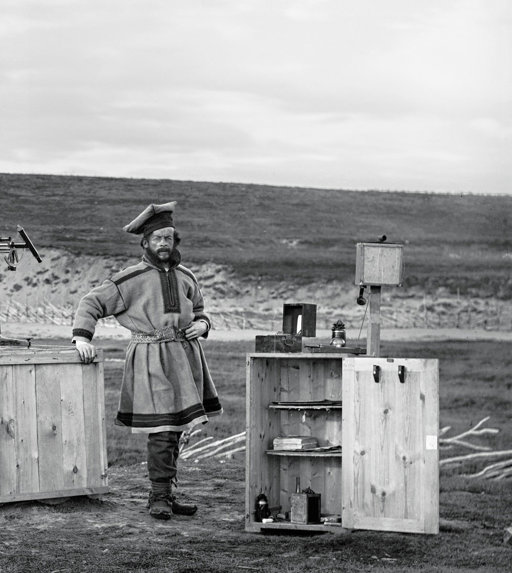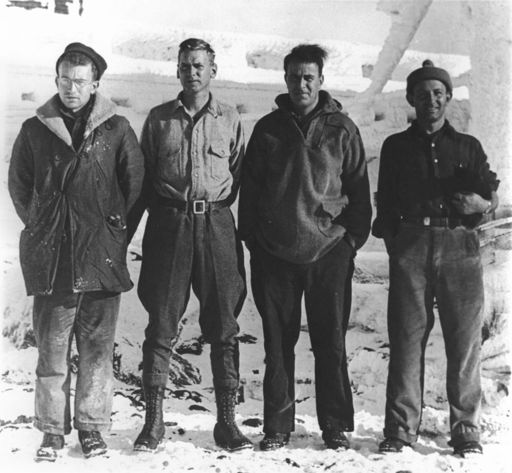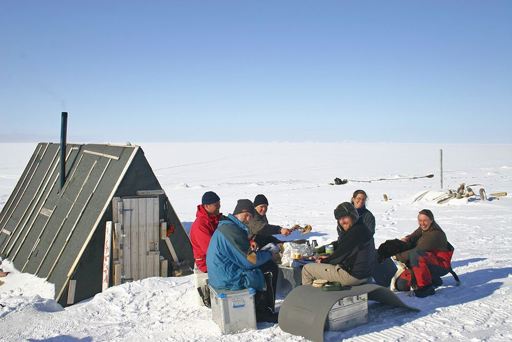
The History of International Polar Year (IPY)
The International Polar Year (IPY) is a significant scientific initiative aimed at enhancing our understanding of the polar regions—both the Arctic and Antarctic. It has a long history, spanning over a century, with four major IPY events occurring to date.

First International Polar Year (1882-1883)
Initiated by Austro-Hungarian naval officer Karl Weyprecht, who recognized the importance of international cooperation in polar research, the first International Polar Year had 12 participating countries establishing 14 research stations in the Arctic and two in the sub-Antarctic. The goal was to study meteorology, magnetism, and other geophysical phenomena in the polar regions. It marked the first major international scientific collaboration and laid the groundwork for future scientific explorations in the polar regions.

Second International Polar Year (1932-1933)
Organized during the Great Depression, the second International Polar Year aimed to celebrate the 50th anniversary of the first IPY and was proposed by the International Meteorological Organization. 44 countries took part, focusing on meteorology, magnetism, atmospheric science, and radio science. The second IPY also aimed to address the recently discovered "Jet Streams" and included the first comprehensive study of the Antarctic regions. This event significantly expanded scientific understanding of the Earth's magnetic field and atmospheric conditions, influencing the development of radio communication technology.

International Geophysical Year (IGY) (1957-1958)
Although not named as an IPY, the IGY is considered the third IPY due to its focus on polar research. It was organized during the Cold War to promote scientific cooperation among nations. Over 67 countries participated, studying geophysics, seismology, glaciology, and more. It was during this event that the Van Allen radiation belts were discovered.
IGY led to the establishment of permanent research stations in Antarctica, the beginning of space exploration, and significant advancements in various scientific fields. It also resulted in the signing of the Antarctic Treaty in 1959, designating Antarctica as a scientific preserve.

Fourth International Polar Year (2007-2008)
The fourth IPY was the largest-ever international research program focused on the polar regions, marking the 125th anniversary of the first IPY and the 50th anniversary of the IGY. More than 60 countries participated, covering a wide range of scientific disciplines including climate change, biodiversity, and the impact of human activities on polar regions. The fourth IPY resulted in a wealth of data on polar ice sheets, permafrost, and oceanic systems, significantly contributing to our understanding of climate change and its global implications. It also emphasized the need for continued polar research and the role of indigenous communities in polar science.